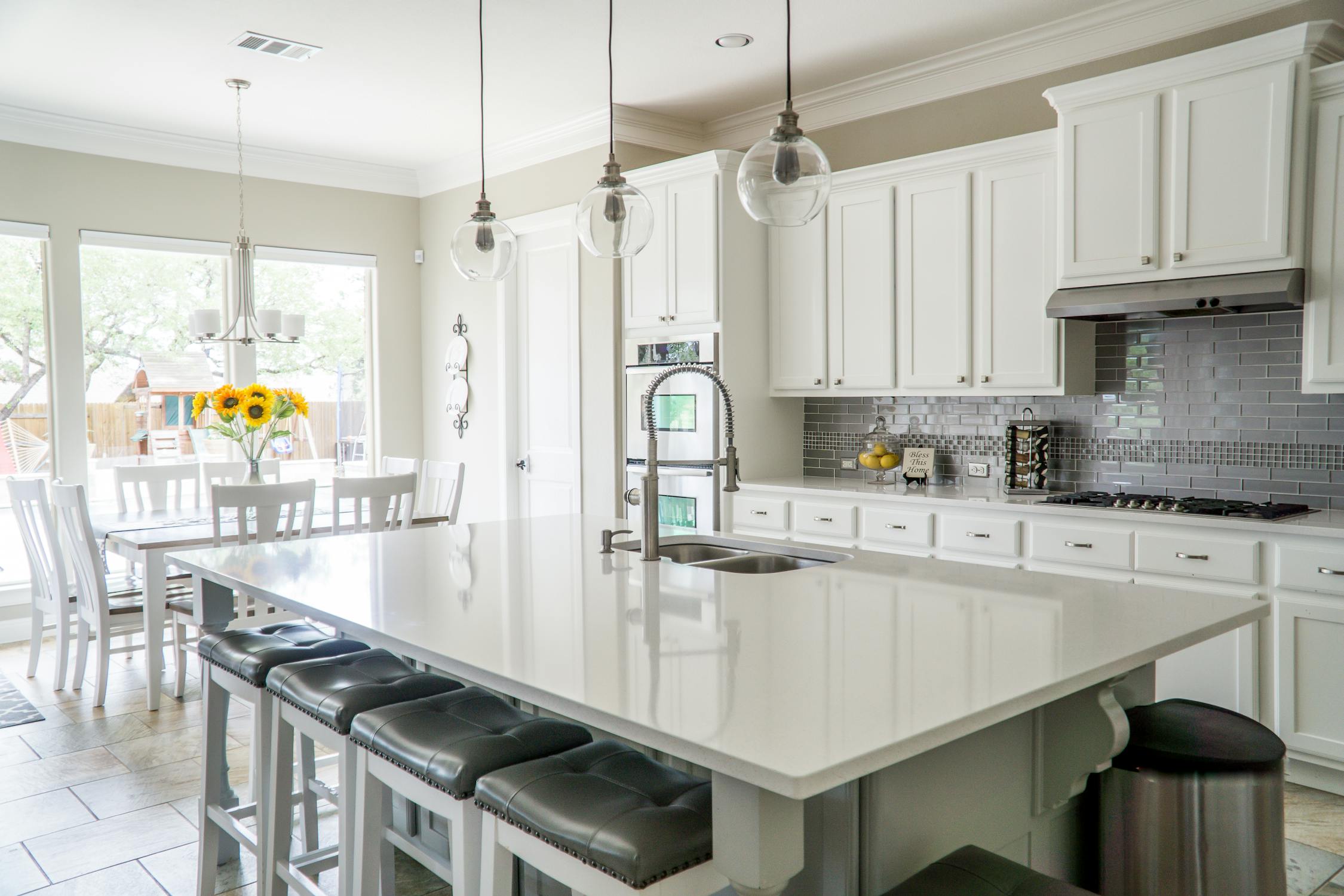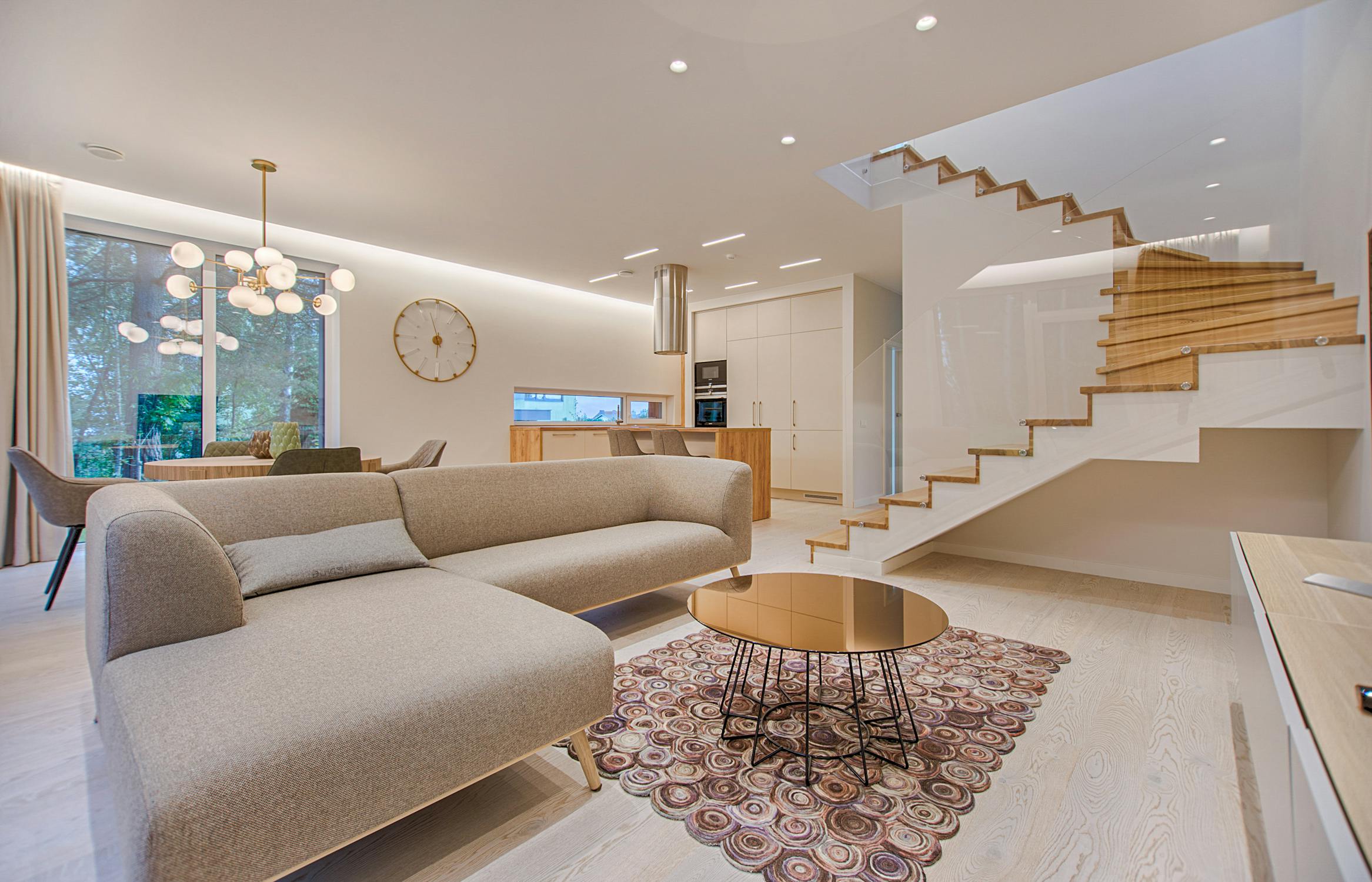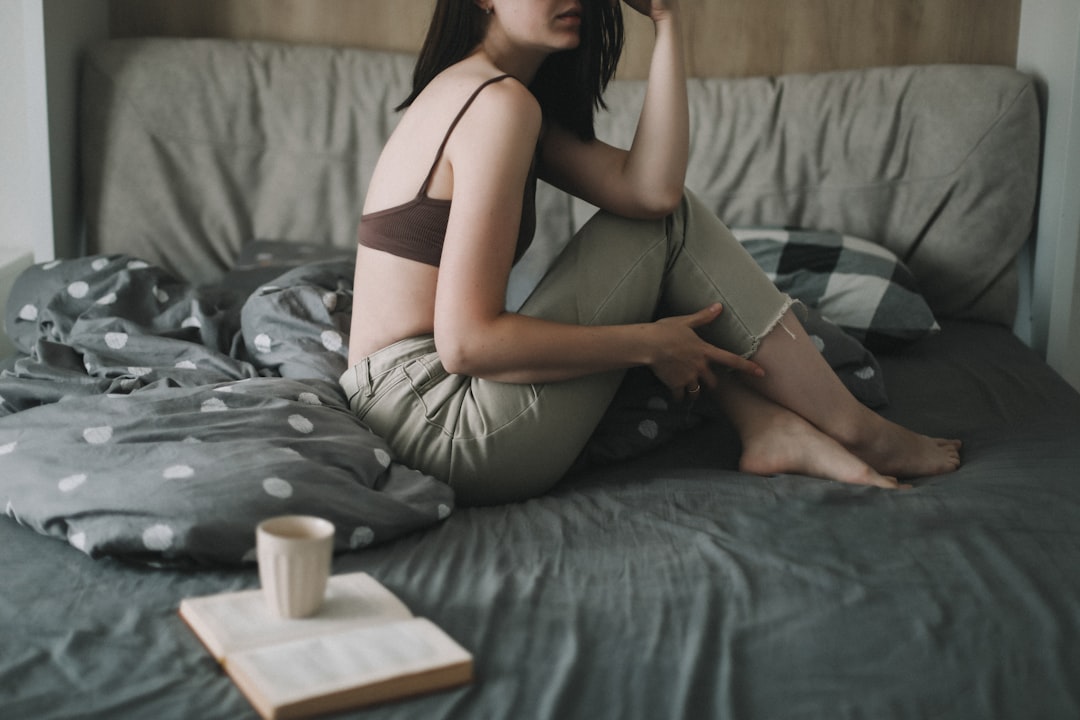In our fast-paced world, finding peace can often feel like an elusive quest. Yet, one of the most powerful tools for cultivating inner calm lies within our immediate surroundings: our home environment. This space, often overlooked, profoundly influences our mental well-being, acting as either a source of stress or a sanctuary of tranquility.
Research consistently shows a strong correlation between well-designed, organized spaces and reduced stress levels. For instance, studies in environmental psychology highlight how elements like natural light, greenery, and organized layouts can significantly impact mood and anxiety. This guide will explore practical, evidence-based strategies to transform your living space into a haven that actively supports your mental health, helping you mitigate anxiety and foster a sense of peace. We’ll delve into decluttering, leveraging natural elements, optimizing sensory inputs, and creating dedicated calm zones.
The Profound Impact of Decluttering
A cluttered environment can often lead to a cluttered mind. Visual chaos can overwhelm our senses, making it difficult to focus and relax. Studies have indicated that living in a disorganized space can increase cortisol levels, the body’s primary stress hormone, contributing to feelings of anxiety and being overwhelmed.
Practical Steps to a Clutter-Free Zone
Starting small can make the decluttering process less daunting. Focus on one area at a time, such as a single drawer or a tabletop, rather than attempting to tackle an entire room at once. This approach builds momentum and prevents burnout.
- The “Four-Box” Method: Label four boxes: “Keep,” “Donate,” “Discard,” and “Relocate.” Go through items one by one, assigning them to a box.
- Vertical Storage Solutions: Utilize wall space with shelves or vertical organizers to free up floor and surface areas. This creates an illusion of more space and reduces visual noise.
- One-In, One-Out Rule: For every new item you bring into your home, commit to removing an old one. This prevents clutter from accumulating again over time.
Tip: Consider the “KonMari” method, which encourages keeping only items that “spark joy.” This mindful approach can transform your relationship with your belongings and your space.

Integrating Nature: The Power of Biophilic Design
Biophilic design, the concept of connecting humans with nature within built environments, has been shown to reduce stress, improve cognitive function, and enhance mood. Incorporating natural elements into your home can create a soothing atmosphere that mimics the calming effects of the outdoors.
Benefits of Indoor Plants and Natural Materials
Indoor plants do more than just beautify a space; they can purify the air, reduce noise, and provide a visual connection to nature. A systematic review published in *Environmental Research* in 2020 highlighted the positive effects of indoor plants on stress reduction and psychological well-being. For more details, you can refer to this systematic review on indoor plants and stress reduction.
- Choose Low-Maintenance Plants: Snake plants, ZZ plants, and Pothos are excellent choices for beginners, requiring minimal care while offering significant aesthetic and air-purifying benefits.
- Incorporate Natural Materials: Use wood, stone, cotton, linen, and wool in your decor. These materials bring warmth and organic textures that can ground a space and evoke a sense of calm.
- Water Features: Small indoor fountains can provide soothing white noise, masking distracting sounds and creating a tranquil ambiance.

Optimizing Light and Sound for Serenity
The sensory inputs of light and sound play a critical role in regulating our mood and energy levels. Harsh lighting or disruptive noises can heighten anxiety, while gentle illumination and calming sounds can promote relaxation.
Harnessing Natural Light and Ambient Sound
Maximize natural light by keeping windows unobstructed and using sheer curtains. Natural light helps regulate our circadian rhythm, improving sleep quality and reducing daytime fatigue and anxiety. For artificial lighting, opt for warm, dimmable options that can be adjusted to suit different moods and times of day.
“Exposure to natural light during the day can significantly improve mood and reduce symptoms of depression and anxiety, while minimizing blue light exposure in the evening supports better sleep.”
When it comes to sound, identify and minimize sources of irritating noise. Consider soundproofing solutions like thick curtains or rugs. Introduce calming sounds such as nature soundscapes (rain, ocean waves), soft instrumental music, or white noise machines to create a peaceful auditory environment.
Color Psychology and Tactile Comfort
Colors and textures in our environment have a profound psychological impact. Certain hues can evoke feelings of calm, while soft textures can provide a sense of security and comfort, both crucial for anxiety reduction.
Choosing Soothing Palettes and Textures
Opt for cool, muted tones like soft blues, greens, and grays, which are known to promote relaxation and tranquility. Warm neutrals such as beige and cream can also create a cozy and inviting atmosphere. Avoid overly bright or stark colors in areas where you seek to relax.
Incorporate a variety of soft textures through throws, pillows, rugs, and upholstery. Materials like velvet, faux fur, knitted wool, and plush cotton invite touch and provide a sense of warmth and comfort, which can be incredibly grounding for an anxious mind.

Creating a Dedicated Calm Zone
Having a specific area in your home dedicated solely to relaxation and mindfulness can be incredibly beneficial. This “calm zone” serves as a personal sanctuary, a place you can retreat to when feeling overwhelmed or simply needing a moment of peace.
Essentials for Your Personal Sanctuary
This zone doesn’t need to be an entire room; even a quiet corner can suffice. The key is to make it a space free from distractions and filled with elements that promote your personal sense of calm.
- Comfortable Seating: A plush armchair, a meditation cushion, or a comfortable floor pillow.
- Minimalist Decor: Keep decor simple and intentional. Avoid clutter.
- Sensory Elements:
- Aromatherapy diffuser with calming essential oils (lavender, chamomile).
- Soft, warm lighting (a salt lamp or dimmable lamp).
- A small plant or a natural element like a smooth stone.
- No Electronics: Make this a screen-free zone to truly disconnect and recharge.
Environmental Elements for Anxiety Reduction
| Element | Anxiety-Reducing Effect |
|---|---|
| Decluttering | Reduces visual overwhelm, promotes mental clarity. |
| Natural Light | Regulates circadian rhythm, boosts mood, reduces eye strain. |
| Indoor Plants | Connects to nature, purifies air, lowers stress. |
| Calming Colors | Evokes tranquility, promotes relaxation. |
| Soft Textures | Provides comfort, warmth, and a sense of security. |
| Quiet/Ambient Sound | Minimizes distractions, fosters peace. |
Conclusion: Your Sanctuary Awaits
Transforming your environment into a haven of calm is a powerful, proactive step in managing anxiety and enhancing overall well-being. By thoughtfully decluttering, inviting nature indoors, optimizing light and sound, choosing soothing colors and textures, and designating a personal calm zone, you can create a space that nurtures your mind and body.
Remember, these changes don’t have to happen overnight. Start with one small adjustment and observe its impact. Even minor improvements can significantly shift your daily experience and reduce feelings of overwhelm. Your home should be a place where you feel safe, relaxed, and truly at peace.
What single change will you make to your environment this week to foster more calm?
Further Reading & Resources:
- How Your Environment Affects Your Mental Health (American Psychological Association) – Explores the broader connection between surroundings and psychological well-being.
- The Impact of Green Space on Mental Health (National Institutes of Health) – A research article discussing the benefits of natural environments.
- The Power of the Place (Harvard Health Publishing) – Discusses how physical spaces influence our emotional states.
